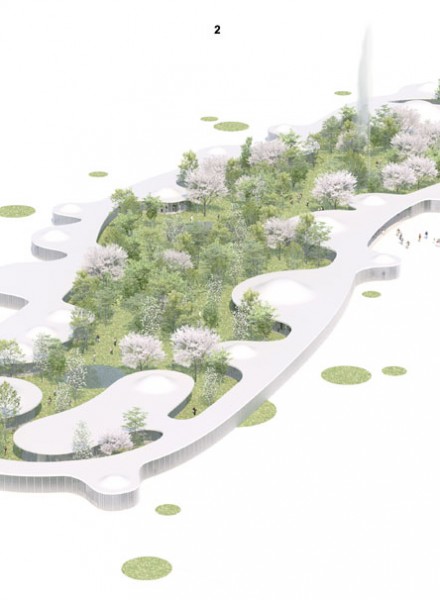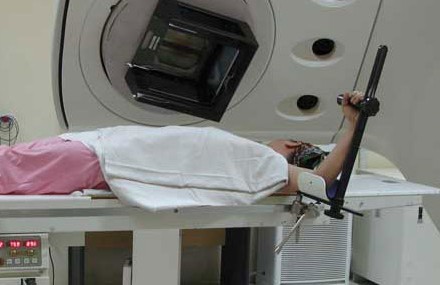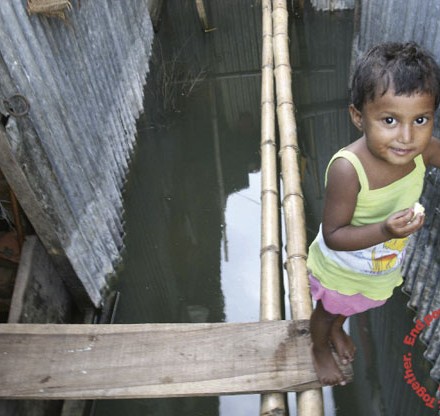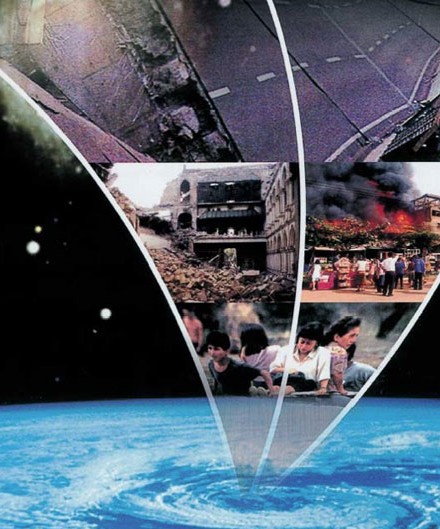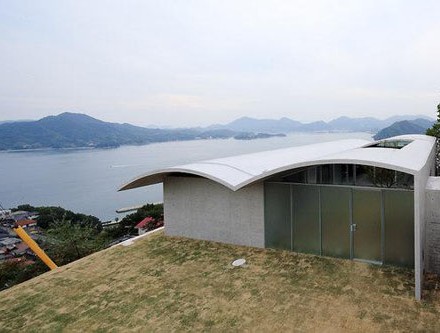istanbul disaster prevention and education centre
Winner of the 12th Thyssenkrupp Elevator Architecture Award The Croatian team led by architect Goran Rako wins TyssenKrupp Elevator Architecture Award following the international competition for the design of a disaster prevention and education centre in Istanbul. This competition was run under the auspices of the International Union of Architects. The second prize went to a […]
Palliative Radiotherapy for Developing Countries
The world is facing a crisis in cancer management that concerns developing countries in particular. The average life expectancy in developing countries is increasing in a predictable way. Data from the International Agency for Research on Cancer (IARC) indicates that cancer incidence in developing countries will increase dramatically in the first two decades of this […]
Electrical shock extinguish fire
Scientists today describe a discovery that could underpin a new genre of fire-fighting devices, including sprinkler systems that suppress fires not with water, but with zaps of electric current, without soaking and irreparably damaging the contents of a home, business, or other structure. Reporting at the 241st National Meeting & Exposition of the American Chemical […]
Disaster Risk Reduction through Schools
Disasters can be prevented Natural disasters like floods, droughts and earthquakes destroy the lives of more than 300 million people every year. Disasters can affect anybody at any time. But in most cases the poorest and most vulnerable people are affected first and are hit the hardest. Natural disasters are not uncontrollable, random events. Climate […]
Total disaster risk management – Manual
The Manual’s central theme is the development and application of a system for managing any hazards which appear to threaten a continually habitable and secure society. Directly relating to Thailand, the suggestions presented are applicable to any region or nation at risk of natural or man-made disasters. Total Disaster Risk Management (TDRM) uses a risk […]
Tsunami House Living Room
In order to be better prepared for disasters, primarily focused on resistance to tsunamis, the resistance disaster house was designed to safeguard families living in vulnerable coastal areas in Japan. This resistance disaster house design was designed to resist disaster and to provide shelter from natural disasters. This Tsunami house resistance design is located in […]
Malnutrition
Malnutrition is a phenomenon related both to a shortage in food security and to medical issues. Its occurrence is often but not always related to food shortage. The persons affected are to be perceived as being in need not only of food but of medical supervision, attendance and care. The phenomenon of malnutrition and procedures […]
Healthcare
The right to health is a basic human right embodied in various international legal constitutions. This right includes, not only, access to a healthcare system, but also access to other determinants of health – nutrition, water and sanitation, housing, safe environmental conditions, health-related education, non-discrimination and life in human dignity. Health impacts of disasters: Direct: […]
